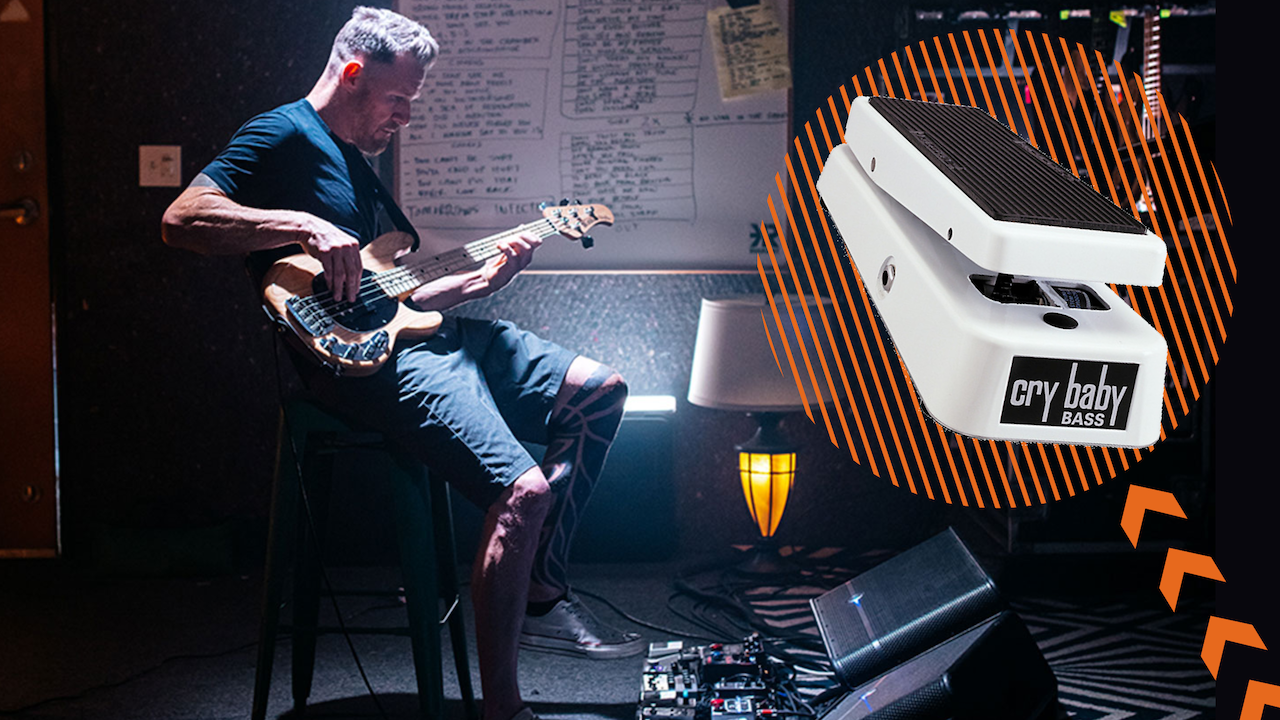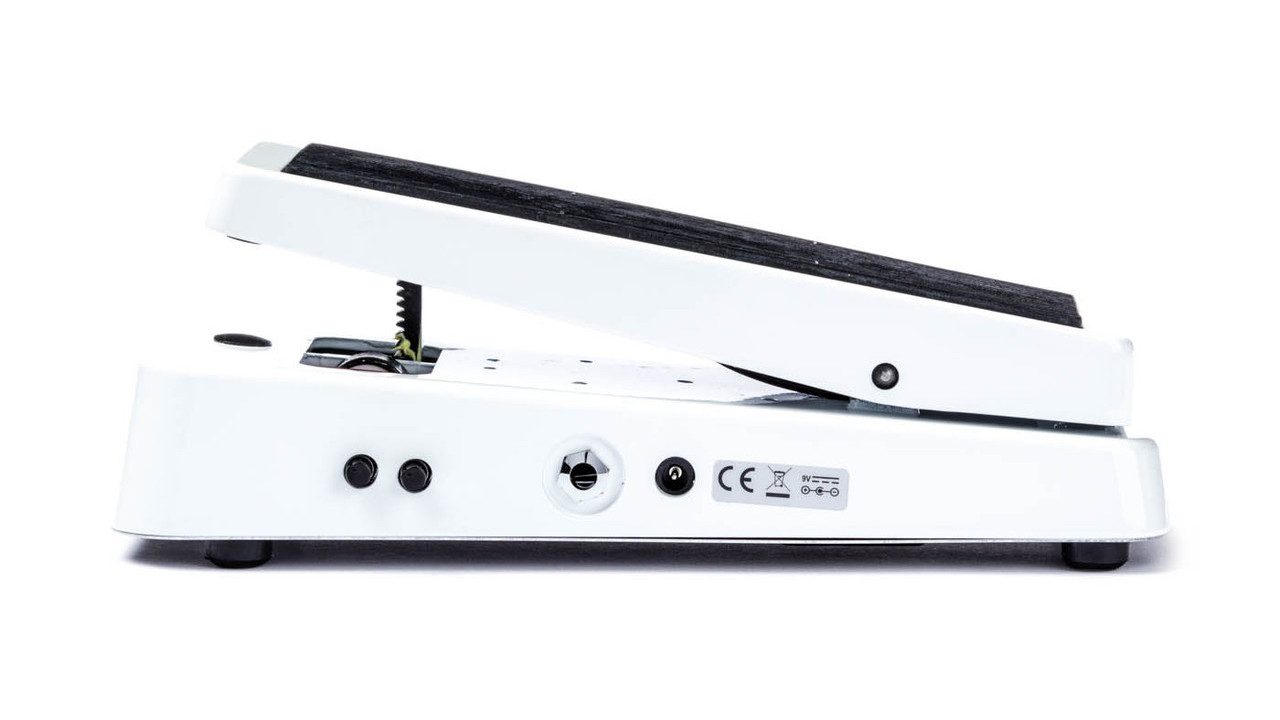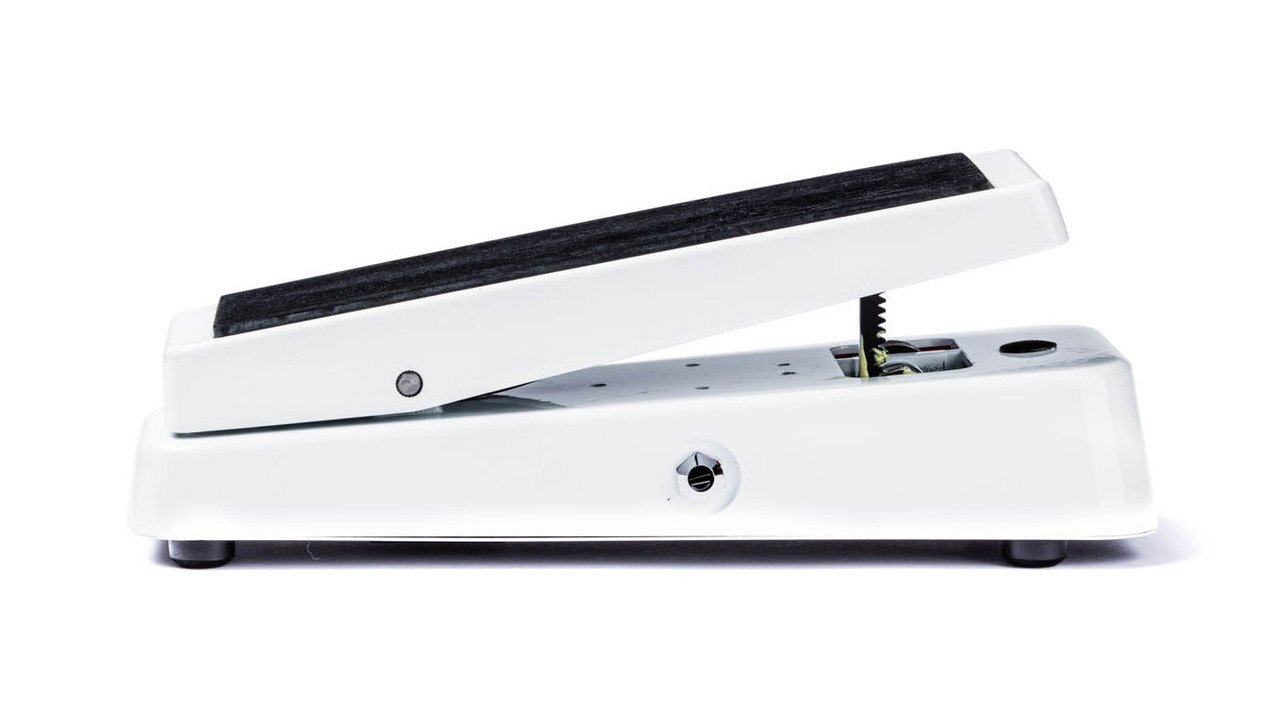Dunlop Cry Baby Bass Wah: the most recognizable effects pedal ever made?
Classics don’t come much more heavyweight than the Cry Baby wah-wah and the 105Q Bass edition is no exception

Ask a non-musician to name an effects box and they will probably say ‘wah-wah’; ask a musician to name a wah-wah and they’ll all say ‘Cry Baby’. Made famous initially by the great Jimi Hendrix in the 60s, today the Cry Baby Wah is perhaps the most sold pedal in history. It has become an icon in its own right, as famous in guitar circles as Elvis Presley, Coca-Cola or McDonald’s.
The bass-voiced 105Q Cry Baby Bass Wah has featured on the pedalboards of Flea, Justin Meldal-Johnsen, Justin Chancellor, Doug Wimbish and Robert Trujillo. Tim Commerford from RATM does a great job of getting his own signature sound with it. Check out Calm Like A Bomb from Rage Against the Machine’s The Battle Of Los Angeles to hear him and the 105Q in action.
A Little History
Although the Cry Baby is perhaps the most widely known type of wah-wah pedal, it was not the first. Amplifier giants Vox and the Thomas Organ Company began manufacture of the Cry Baby’s predecessor, named the ‘Clyde McCoy’, in 1967. Given the wah-wah’s huge popularity among guitar players today, it may surprise you to learn that Clyde McCoy was a trumpet player, well known for his use of the mute to create wah’d effects.
Thomas Organ released the first wah-wah pedal bearing the Cry Baby name in 1968. Sadly for Thomas Organ they did not trademark the name, and soon many manufacturers began to make copies. Jim Dunlop did eventually secure the rights in the early 80s and have continued to make them using much the same design as the classic original.
In Use
The 105Q Bass edition comes in a funky white colour. The unmistakable design is the familiar treadle controlling a rack and pinion gear attached to an internal tone pot. Toe down gives more treble to the sound, and heel down gives more bass. Rocking your foot backwards and forwards gives you the wah-wah effect.
The 105Q has two trim pots on the left-hand side – one to adjust volume and the other to control the peak Q point of the filter. Lower Q settings gave very usable but much more subtle wah effects. Many bass players will prefer the Q point pot set to its maximum to give simulated auto-wah, all controllable by the treadle.


It’s worth mentioning that the sound differs greatly depending on where in your signal chain your wah-wah pedal is. It's usually place right at the front so it gets the unbuffered signal from your bass, but using it elsewhere is worth trying.
Alternatives
The Morley PBA-2 Dual Bass Wah and the Ibanez WD7 Weeping Demon are very popular with bass players and both retail for around the same as the Dunlop 105Q. Those with slightly fatter wallets will enjoy the EBS WahOne and the Stanley Clarke Signature Wah-Wah, both superb units with typical EBS quality and build. In 2021 Dunlop came out with the Justin Chancellor Cry Baby Wah, which combines two wah circuits and a fuzz. The Snarling Dog Bootsy Collins Signature Bass Wah is also well worth a look for the discerning funkster.
Get The Pick Newsletter
All the latest guitar news, interviews, lessons, reviews, deals and more, direct to your inbox!
Where Can I Get One?
Still widely available from most music shops, it’s also well worth looking for them second-hand on auction sites or forums. You can usually pick them up for around half price, and as they are practically indestructible they should work fine for many years to come.
For more information visit jimdunlop.com

Nick Wells was the Editor of Bass Guitar magazine from 2009 to 2011, before making strides into the world of Artist Relations with Sheldon Dingwall and Dingwall Guitars. He's also the producer of bass-centric documentaries, Walking the Changes and Beneath the Bassline, as well as Production Manager and Artist Liaison for ScottsBassLessons. In his free time, you'll find him jumping around his bedroom to Kool & The Gang while hammering the life out of his P-Bass.
“The original Jordan Boss Tone was probably used by four out of five garage bands in the late ’60s”: Unpacking the gnarly magic of the Jordan Boss Tone – an actual guitar plug-in that delivers Dan Auerbach-approved fuzz
“This is a powerhouse of a stompbox that manages to keep things simple while offering endless inspiration”: Strymon EC-1 Single Head dTape Echo pedal review


![A black-and-white action shot of Sergeant Thunderhoof perform live: [from left] Mark Sayer, Dan Flitcroft, Jim Camp and Josh Gallop](https://cdn.mos.cms.futurecdn.net/am3UhJbsxAE239XRRZ8zC8.jpg)









